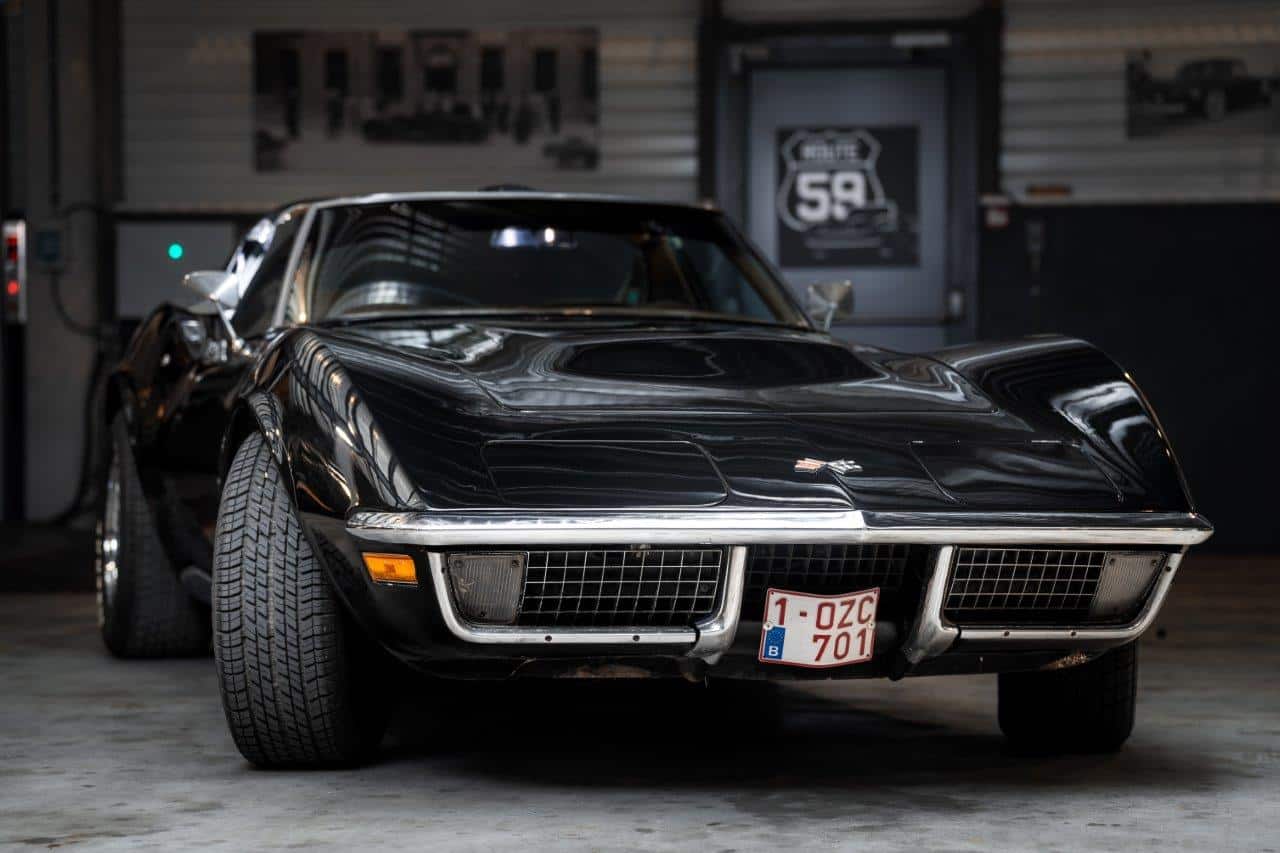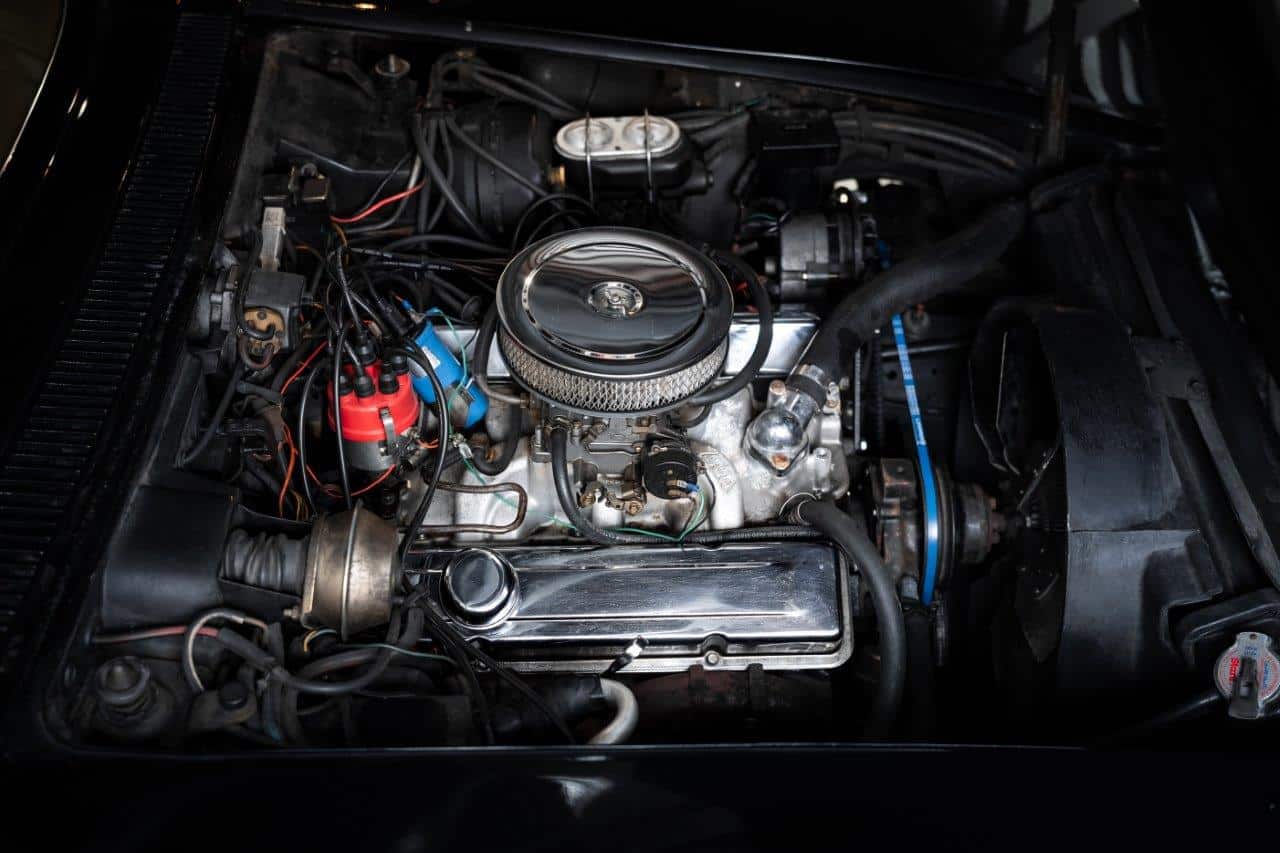Chevrolet Corvette C3 Stingray
| Brand | Chevrolet |
| Model | Corvette C3 Stingray |
| Color | Black |
| Transmission | 3-speed automatic |
| Pk | 330 ch |
| Year | 1971 |
| Price | Not for sale |
The 1971 Chevrolet Corvette remains one of the models whose design changed least (compared to the previous model year) in the entire history of Corvette production.
The United Auto Workers (UAW) labor dispute in May 1969, which resulted in a two-month overrun of the 1969 model year, also reduced production of the 1970 Corvette by more than four months.
For this reason, Chevrolet management decided to treat the 1971 model year as an extension of the 1970 range, meaning that the Corvette – for better or worse – would remain essentially unchanged between the two model years.
The 1971 Corvette is virtually unchanged from the 1970 model. With car production remaining virtually unchanged between 1970 and 1971, the production lines at the Corvette plant in
The arrival of the 1971 Corvette also coincided with a series of new federal regulations forcing manufacturers to re-evaluate the types of cars they produce.
In addition to the federal requirements for reducing exhaust emissions, Edward Cole (then President of General Motors) decreed that all 1971 GM cars had to be able to run on fuel with a Research Octane Number (RON) no higher than 91 octane.
According to Cole’s calculations, this octane number was low enough for the oil companies to start marketing the unleaded regular gasoline needed to avoid clogging the catalytic “reactors” (now called converters) with which automobile engines were to be equipped. This reduction in octane rating translates into a reduction in engine compression (down to 8.5:1) and power (only 270hp for the standard 350 engine).
Surprisingly enough, these sanctioned changes to emissions and fuels did not only affect the Corvette’s base engine. On the contrary, a notable reduction in compression – and power – was observed on almost all the engines offered in the 1971 Corvette. The small overhead-camshaft LT1 block, which was rated at 370 hp in 1969, now produces just 330 hp with a compression ratio of 9.0:1. Given the power of these engines, few would argue that the 1971 Corvette is weak, even if most recognize that it’s a far cry from the Corvettes that saw the light of day in the unregulated era of muscle car performance.
This model is equipped with the LT1 engine, whose lower section was replaced in 2012. a lot of work has been done since then, particularly on the undercarriage.


















